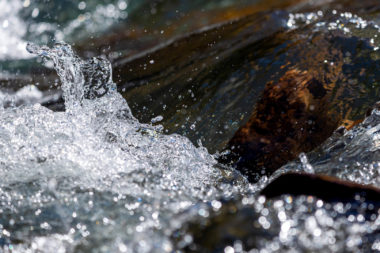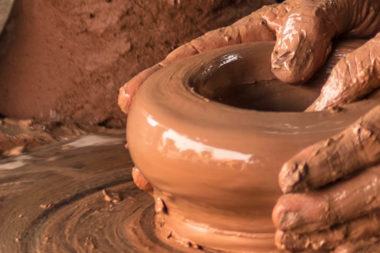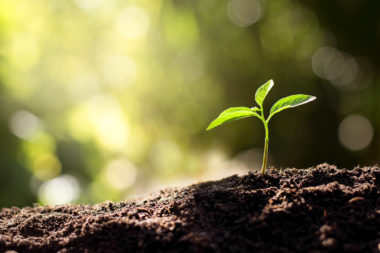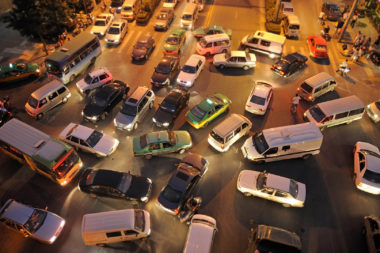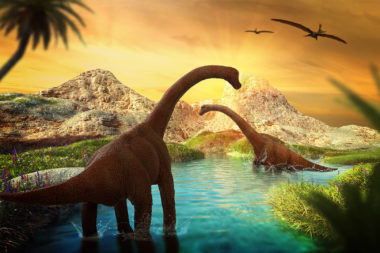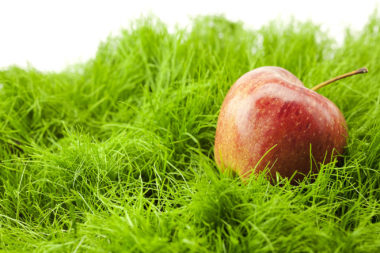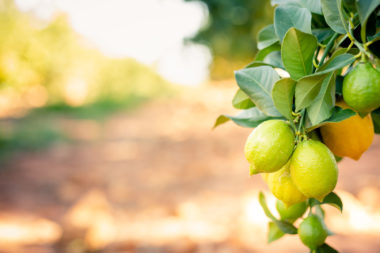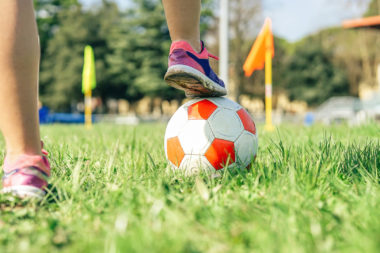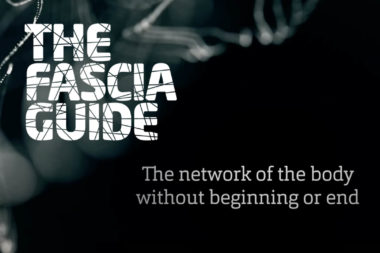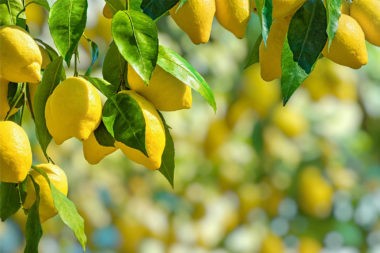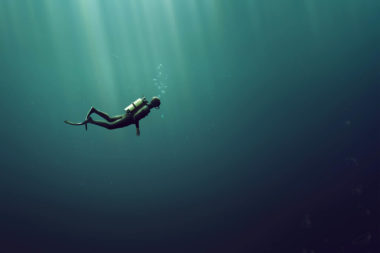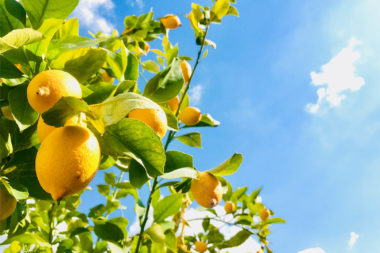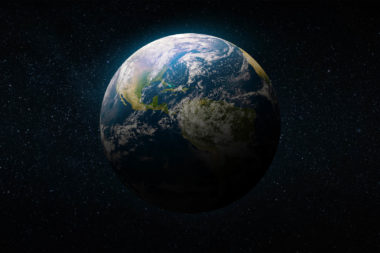

What is special about viruses?
Pathogens are parasitic microorganisms that cause disease. They are usually specialized to infect a particular species.
Pathogens can be divided into:
- Bacteria
- Fungi
- Protozoa (e.g. amoebas, and single-celled organisms that are more evolved than bacteria)
- Viruses, described below
- Multicellular parasites, e.g. worms
- Prions (”defective” proteins, lacking genetic material, DNA/RNA)
A virus consists of genetic material, DNA or RNA, protected by a protein shell. It is so small that it can only be seen with powerful electron microscopes.
Viruses do not live. They are not cells (like bacteria or protozoa) and therefore they have no metabolism or respiration of their own and do not require oxygen. Because they have no metabolism or respiration, they do not produce waste. Therefore, viruses do not grow. They have no life cycle of their own, but instead follow the life cycle of the host cell. They also do not respond to stimuli. To replicate, they need a host cell.
Viruses cannot move and do not actively hunt for their host cell. They float in the air, attached to small droplets or dust particles, but eventually fall to the ground. We must get them on our mucous membranes through the air or contact surfaces that we touch and then in turn put them on our own mucous membranes (touching our mouth, nose, eyes). The protein coat is destroyed by various types of disinfection, sunlight, and heat.
Once it has entered the body, the virus tries to attach to our cells. Viruses have specific structures (spikes) on their protein shell (called spike proteins or antigens) that they try to attach to receptors on the surface of our cells. They depend on these spikes to enter the host cell. Once the virus has successfully attached to the cell membrane, it sends its genetic material into our cell, which is so to speak “hijacked” and begins to mass-produce new viruses instead of carrying out the cell’s actual tasks in our body. When the cell has produced large amounts of virus inside itself, it becomes so full that it bursts, the cell dies, and large numbers of new viruses pour out that can begin to attach to new cells. The result is that when cells in a tissue are destroyed, the function of that tissue decreases. When fewer healthy cells can perform their regular tasks, such as the destruction of cells in the lung tissue, we have more difficulty with breathing and thus oxygenation of the
Once the virus has entered the body, our immune system must try to fight it on its own. Antibiotics do not work on viruses precisely because they do not have their own metabolism and do not live. Antiviral medication may be available in some cases, and it works by trying to destroy the virus’s spikes so that they cannot attach to the cell. Similarly, our immune system works to destroy the virus’s ability to attach to our cells.
The more viruses we are exposed to at the same time (e.g., getting coughed on in the face), the harder our immune system has to work to keep up. It must identify the invader and start producing antibodies against a new pathogen, which takes time. If there is a large invasion of viruses, they can do more damage before the immune system catches up. The conclusion is that being exposed to a few viruses allows the immune system to develop immunity and hopefully the virus will not do as much damage. If we have encountered the virus before, or at least something that is quite similar, our immune system can attack it directly.
That is the problem with COVID-19, we have never encountered it before. Unlike seasonal flu viruses, which have been around for a long time and our immune system has learned how to handle them. Therefore, it hits harder and, as always, those with the weakest immune system are hit the hardest. We must therefore make sure to strengthen our immune system as much as possible.



